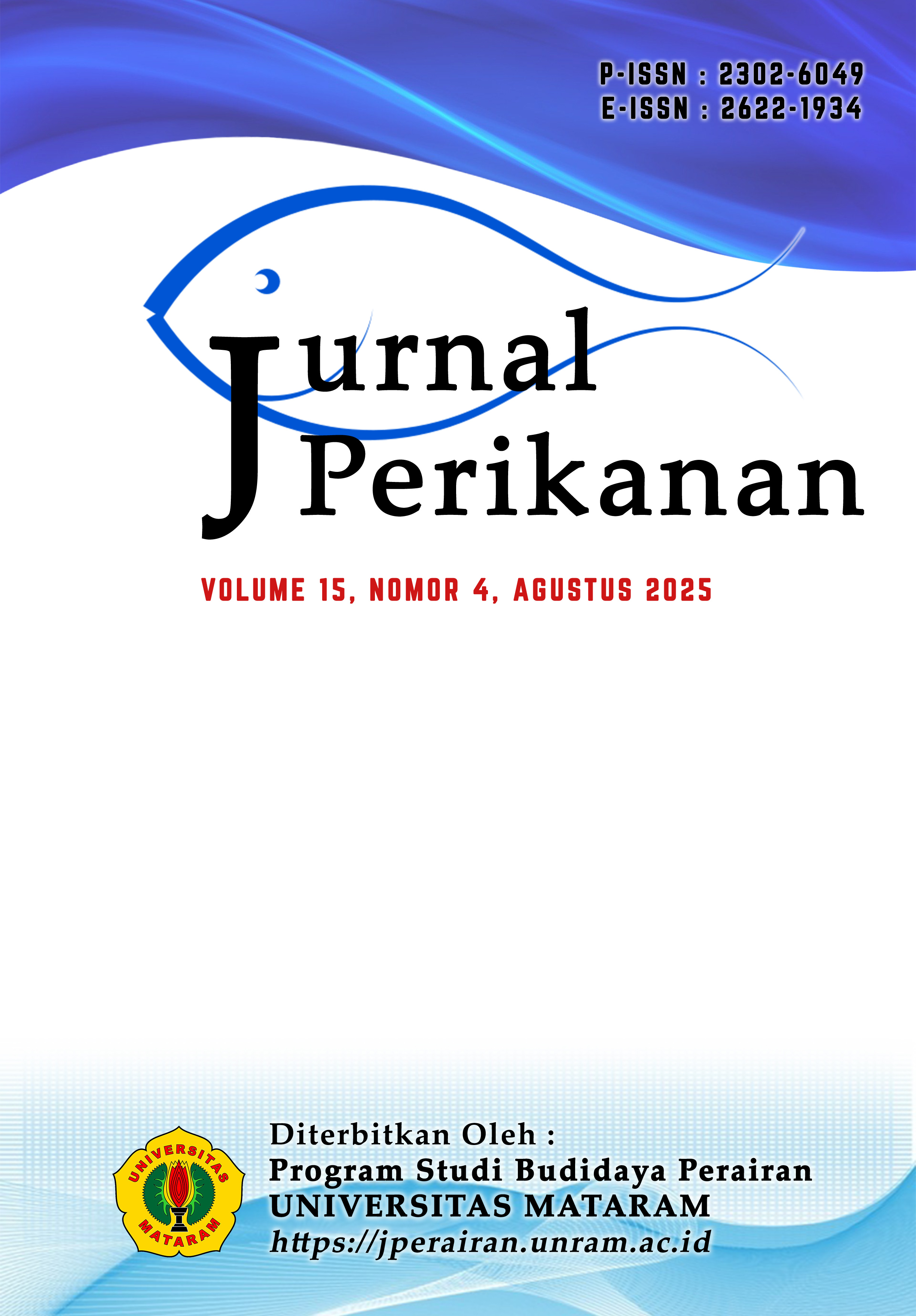OPTIMIZATION OF INTEGRATED MULTI-TROPHIC AQUACULTURE (IMTA) CULTIVATION IN AQUARIA: A REVIEW OF PRODUCTIVITY, ECOSYSTEM BALANCE, AND ENVIRONMENTAL SUSTAINABILITY
DOI:
10.29303/jp.v15i4.1719Published:
2025-08-06Issue:
Vol. 15 No. 4 (2025): JURNAL PERIKANANKeywords:
integrated multi-trophic aquaculture; sustainable aquaculture; aesthetics; IMTA; benefit-cost ratioArticles
Downloads
How to Cite
Afisha, F. N., Hasan, Z., Iskandar, I., Haetami, K., Sahidin, A., & Grandiosa, R. (2025). OPTIMIZATION OF INTEGRATED MULTI-TROPHIC AQUACULTURE (IMTA) CULTIVATION IN AQUARIA: A REVIEW OF PRODUCTIVITY, ECOSYSTEM BALANCE, AND ENVIRONMENTAL SUSTAINABILITY. Jurnal Perikanan Unram, 15(4), 1892–1904. https://doi.org/10.29303/jp.v15i4.1719
Downloads
Download data is not yet available.

















